Land of lost cities from massive pre-Colombian empires as well as dense Amazonian jungles, Peru is home to some of the world’s most ancient civilizations, and some of its most diverse wildlife. From the Nazca lines to remote mountain villages, to the airless heights of the world-famous Machu Picchu, Peru is high on the list of South America’s must-visit destinations, and with its many natural and manmade wonders, it’s easy to see why.
Peru is also a great budget travel destination, where a meal costs a few dollars, and the cost to visit a priceless lost city in the mountains seems perfectly reasonable. So to inspire some intrepid Peruvian discovery, here are some interesting, fun facts about Peru to galvanize your Incan wanderlust.
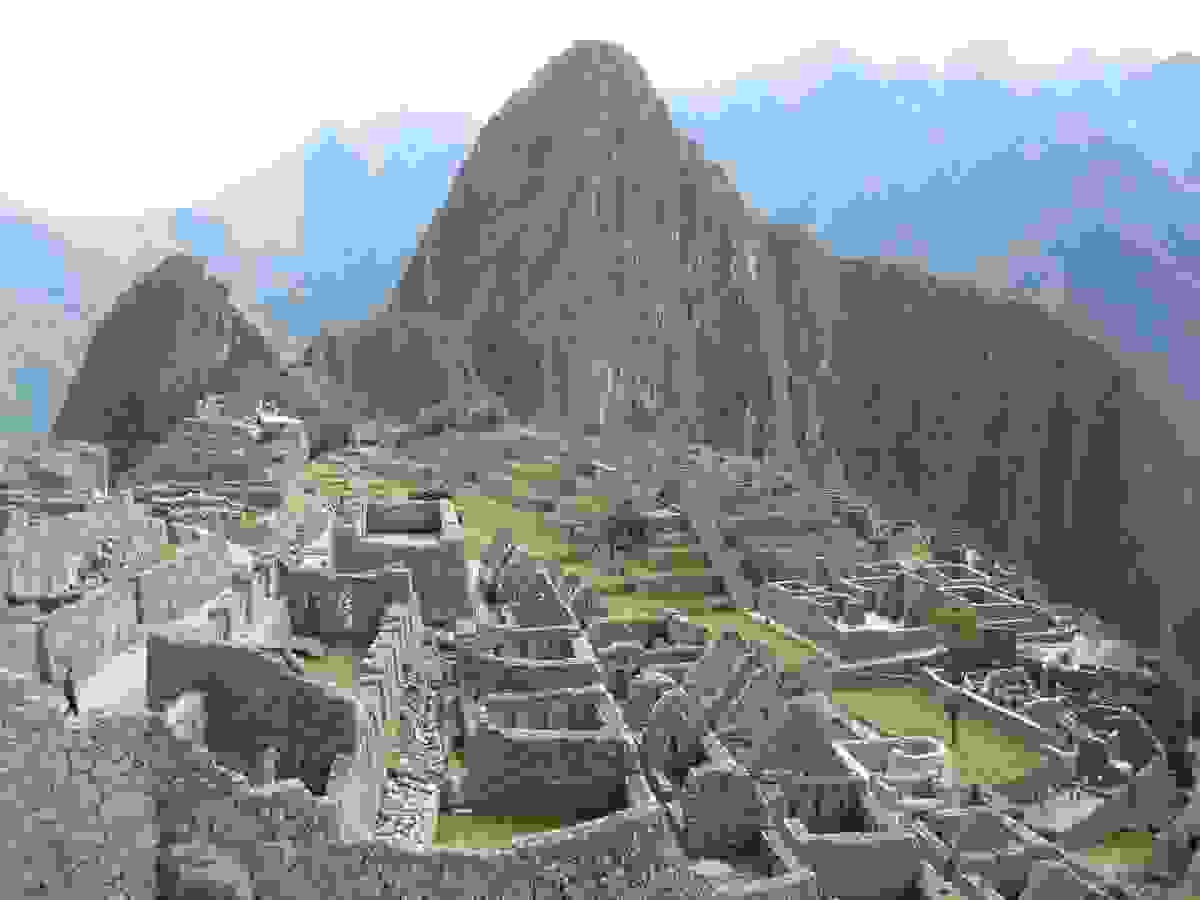
History
- Peru was home to the Norte Chico civilization, one of the oldest in the world, dating all the way back to about 3000 BC.
- Peru was also home to the Inca Empire, the largest empire in South America before the arrival of the Spaniards. At its greatest extent, it spanned the Andes Mountains all the way from Ecuador to halfway down modern Chile. Its most famous monument is Machu Picchu, one of the most famous and most visited sites in the world.
- Francisco Pizarro conquered Peru and claimed it as a Spanish colony in 1533, founding the city of Lima (now the nation’s capital) in 1535.
- Peru declared independence from Spain in 1821, and finally achieved it in 1824.
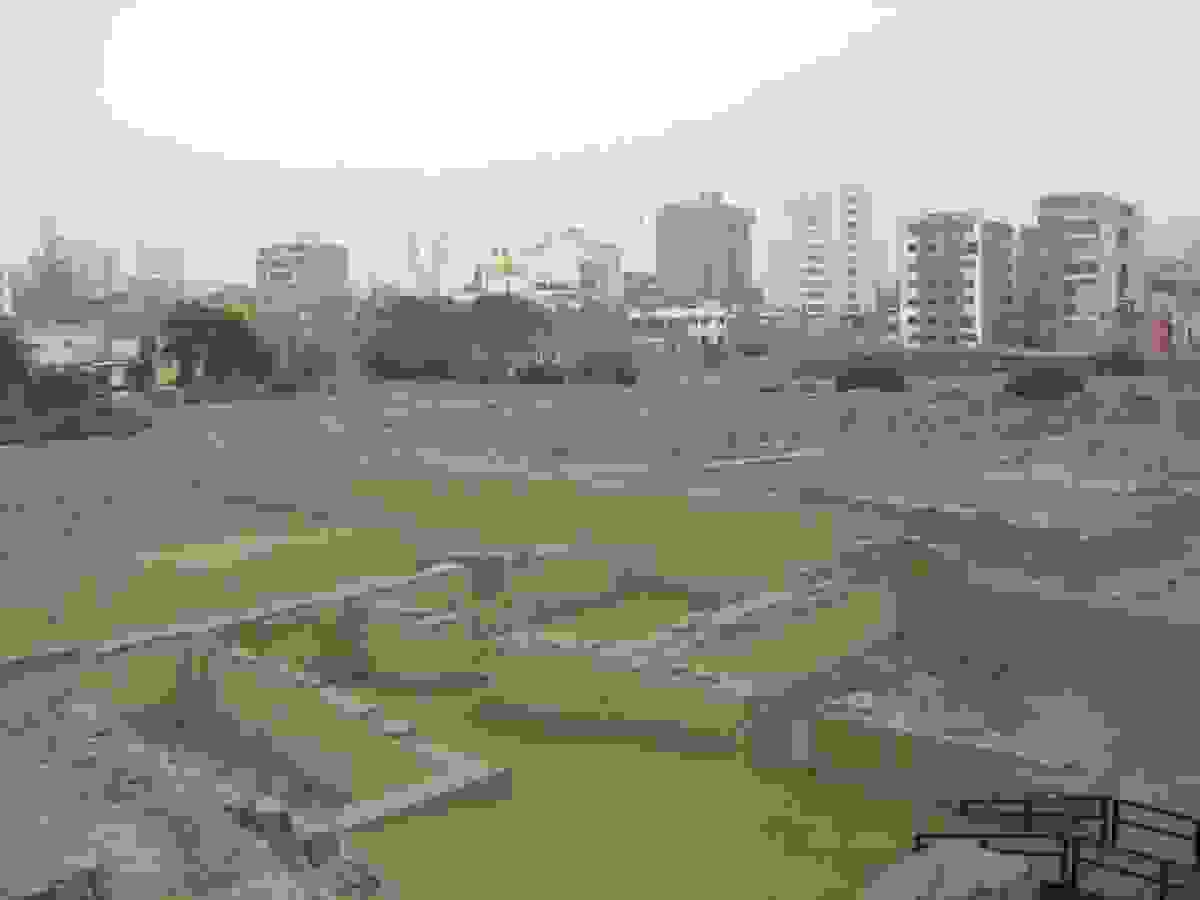
Geography
- The Andes Mountains split the country into three sections; the coastal plains to the west, then the mountains themselves, and the Amazon rainforest to the east, which covers 60% of the country.
- Peru’s highest peak is Huascarán, at 6,768 meters (22,205 ft), which is also the 4th highest peak in the Western Hemisphere. It was named after a 16th century Inca chieftain named Huáscar. Due to its height and location near the equator, the peak of Huascarán is also the point on the Earth with the lowest gravity.
- Due to its great geographic diversity, Peru is home to over 21,000 species of plants and animals, almost 6,000 of which exist only within Peru.
- Peru is the 20th biggest country in the world, and for a comparison, is almost twice the size of Texas.
- Fishing is big business in Peru; the Peruvian fishing industry accounts for about 10% of the world’s fish.
- Just as in the time of colonialism, Peru is a major exporter of precious metals, and ranks in the top 5 biggest exporters of gold and silver, and other metals.
- Peru gets about 75% of its electricity from hydroelectric power, and the rest from fossil fuels.
- 84 of the world’s 103 ecosystems can be found in Peru.
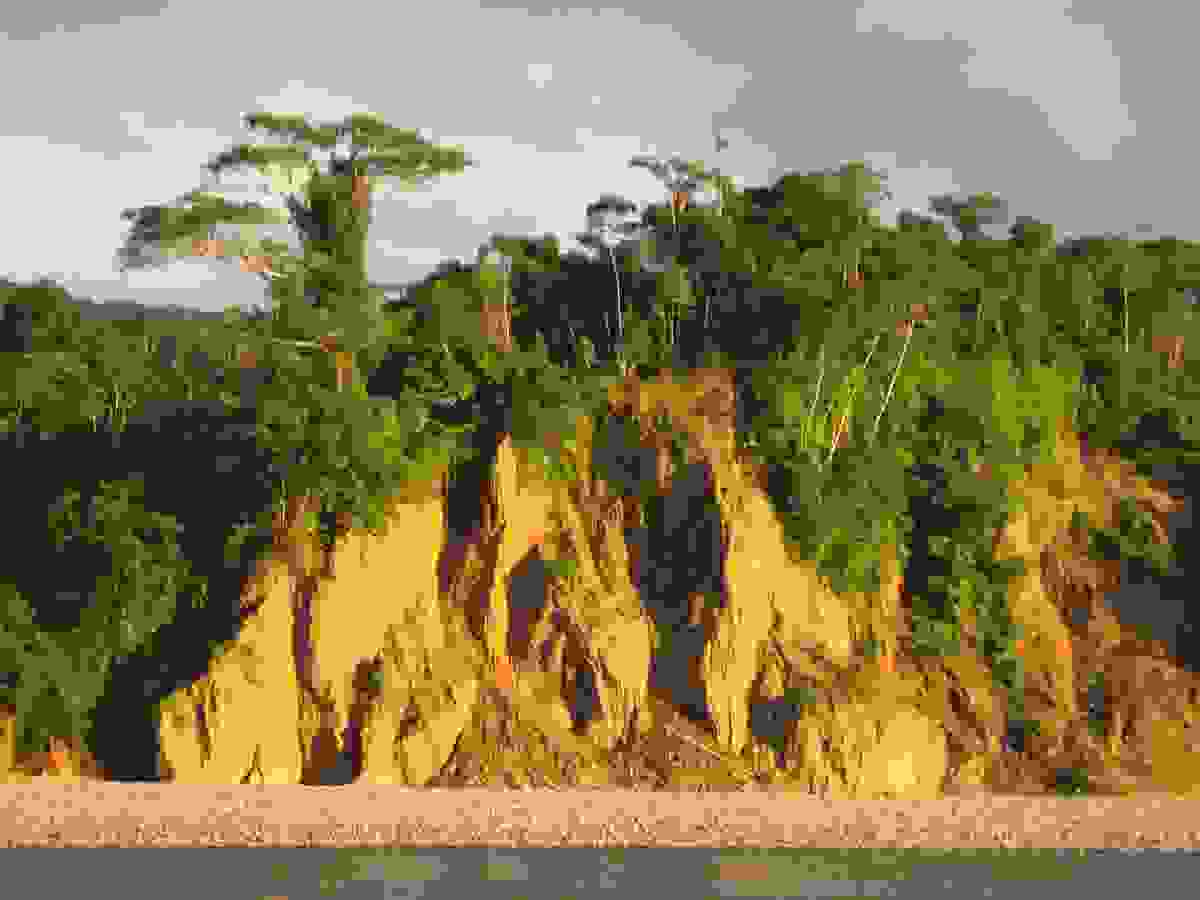
Culture
- Peruvian presidents can serve multiple terms, but they must stand down for at least one full term before running for the presidency again.
- Voting is actually mandatory, for all citizens aged 18 to 70.
- Due to its long history of colonization, Peru is a multiethnic society, and includes large groups of both native and European people, as well as mixtures (known as mestizo), along with African and Asian residents.
- Peru is a largely urban society, with roughly 75% of the population living within urban areas. However…
- Peru is home to 15 uncontacted native tribes.
- Though Spanish is spoken by the vast majority of the population (about 84%), native languages, such as Quechua, spoken by 13% of the population, have survived.
- A widely popular dish is ceviche, which consists of raw fish marinated in lime juice, and garnished with various spices and vegetables. The dish is popular throughout Central and South America, though it may have originated in Peru, with potential influences coming from Moorish recipes.
- Though the country has been heavily influenced by Christian tradition after centuries of Spanish rule, with over 90% of the population identifying as some form of Christian, native practices still exist. Inti (the sun god), and Pachamama (mother Earth), are still visible during cultural festivals and other traditions.
- Peru has had three different currencies since 1985: The sol, which was in place for over a century, followed by the inti, which lasted just six years, and finally the nuevo sol. Both “inti” and “sol” refer to the sun, an important Peruvian deity in pre-Colombian times.
- Peru is home to the famous Nazca Lines, which consist of giant formations depicting animals and other shapes, created by removing the top layer of pebbles to uncover the lighter-colored pebbles underneath. These massive drawings were created by the Nazca civilization between 400 to 650 AD, and have been preserved due to the region’s dry and windless climate.
- Lima is a massive city of 8 million people, while the 2nd largest city, Arequipa, is far behind at just 850,000.
- Guinea pigs are eaten as a delicacy, known as cuy.
- Peruvian happy hour consists not of lower drink prices, but 2 for 1 specials. In certain highly competitive areas, such as the towns near Machu Picchu, you’ll even find 4 for 1 drink specials.
- Peru has a huge number of young people. The median age is 26.2, compared to the United States’ 36.9.
- Coca leaves are eaten or used in tea, and said to help with altitude sickness. In their natural form, coca leaves are legal.
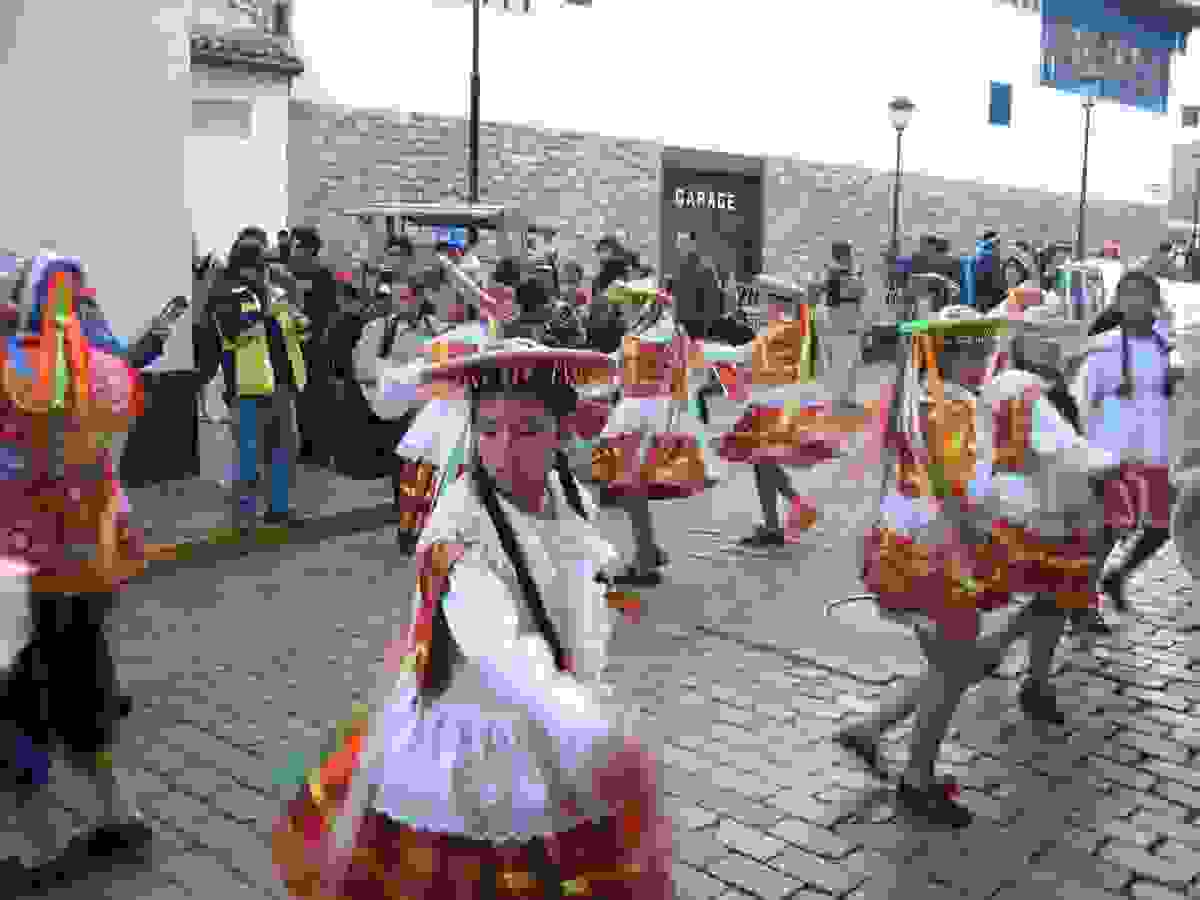
Famous Peruvians
- Mario Vargas Llosa, a Nobel Laureate and Peru’s most famous author, became famous during the Latin American literature boom that began in the 1960s.
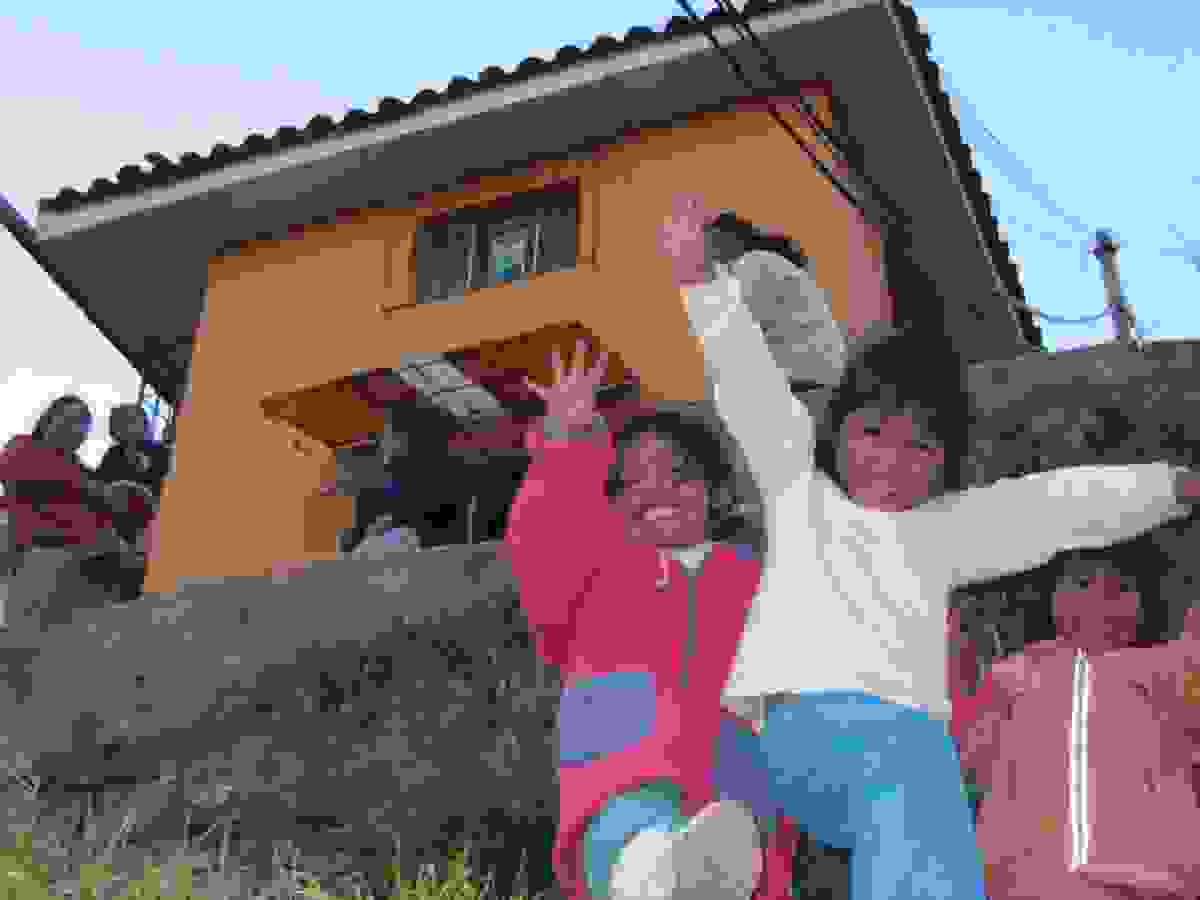
Hopefully that’ll provide some fun insight into Peru, which has quite a rich history, spanning cultures both ancient and modern, and natural wonders of all sorts. It’s a must-see for any South American visit, with plenty of cultural and outdoor activities for all kinds of travelers. Hope you have fun!

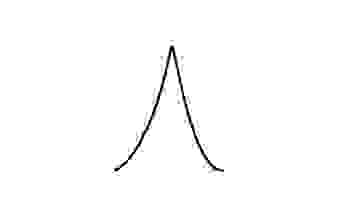
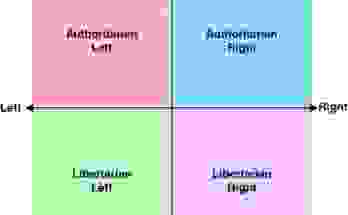

I’m in Arequipa now, and I have to say Peru is one of my favorite countries I’ve been all over the world. The food is spectacular, the people are friendly and the mix of cultures is fascinating. I don’t like the Cuy though, not enough meat.
I am a little surprised that the median age is only 26.9, lower than the US’s because I see old people everywhere!
I guess that goes to show that my brain works anecdotally, not logically. I mean in the US all the old people are at home, or in retirement homes, while here they’re all out in the streets hangin out.